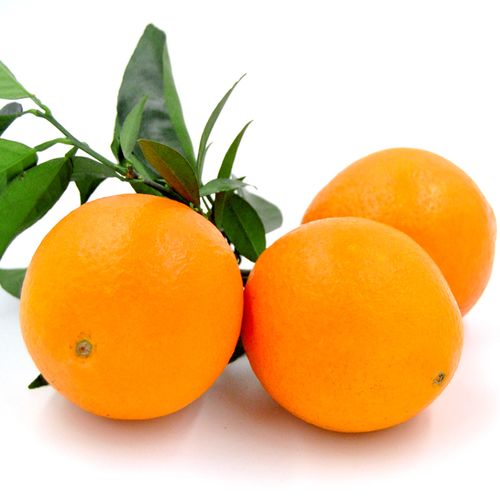
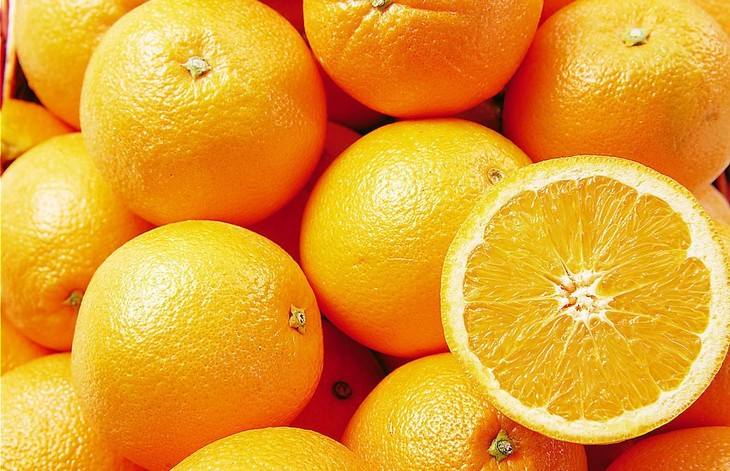
Gannan orange is a special product of Ganzhou City, Jiangxi Province, and a product of China’s National Geographical Indication. [1] The annual output of Gannan navel oranges reaches one million tons. Ganzhou City, Jiangxi Province, the origin, has become the world’s largest navel orange planting area, [2] the world’s third in annual output, and [3] the country’s largest navel orange producing area. Gannan navel oranges are large and positive in shape, bright orange-red, smooth and beautiful, with an edible rate of 85%. [4] Gannan navel orange has been listed as one of the eleven dominant agricultural products in the country, and won the title of “Chinese Famous Fruit”. Gannan navel orange, as the only product in Jiangxi Province, was shortlisted for the list of geographical indication products negotiated by the Ministry of Commerce and the General Administration of Quality Supervision, Inspection and Quarantine of the China-EU Geographical Indication Agreement

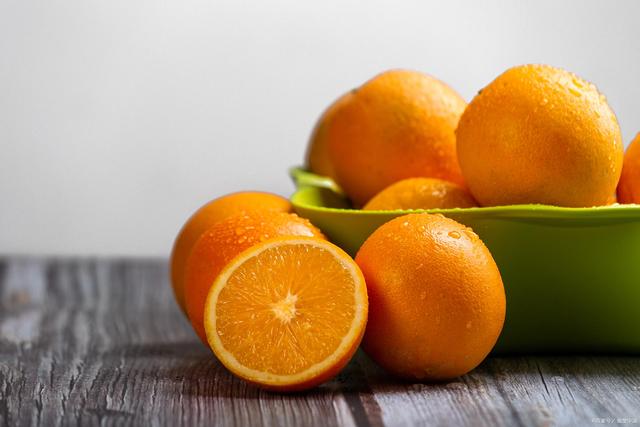
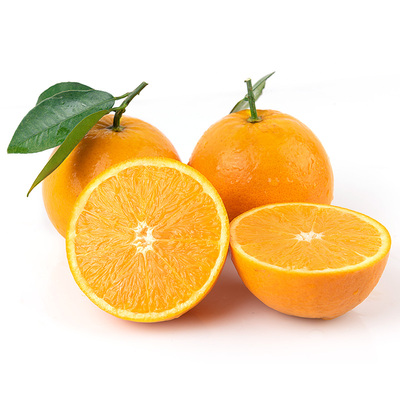
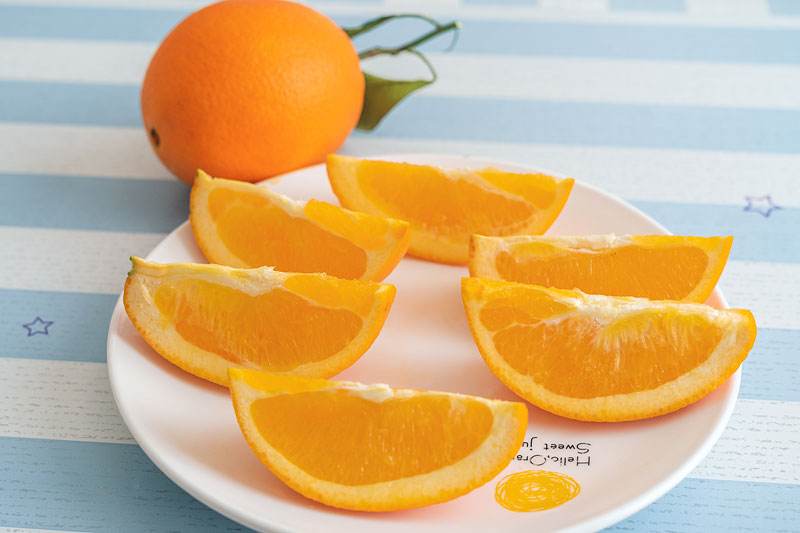
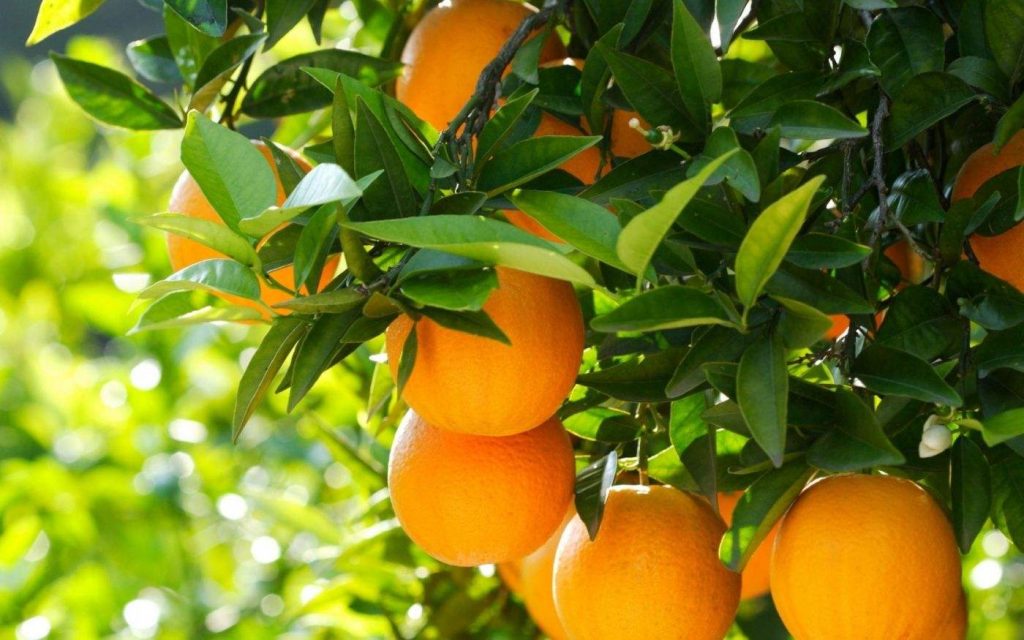
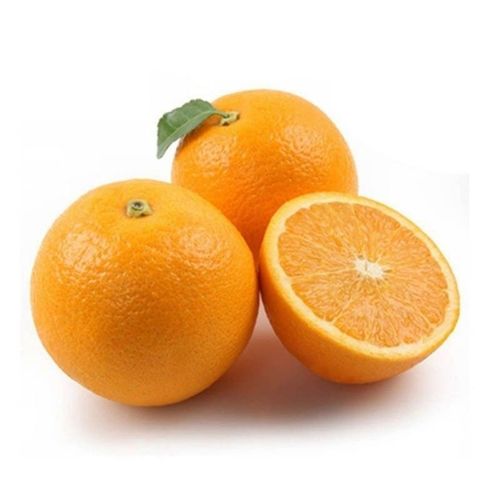
In 2001, Gannan navel oranges won the “Green Food” Class A Award of China Green Food Development Center, and the “Quality Fruit” certificate of the Ministry of Agriculture’s Orange and Seedling Quality Supervision, Inspection and Testing Center. In 2003, Gannan navel oranges have been approved as the protected geographical indication products of the People’s Republic of China. In 2007, Gannan navel oranges were honored as “Chinese Famous Fruits”, and Gannan navel orange production base was approved as “National Agricultural Products Processing Industry Demonstration Base. National green food raw material base. At the 2010 China Agricultural Products Brand Conference, the “Gannan Navel Orange” brand was again rated as one of the top 100 regional public brands of agricultural products in China, with a brand value of 2.608 billion yuan. In 2011, the Trademark Office of the State Administration for Industry and Commerce approved the “Gannan Navel Orange” brand. The “Navel Orange” geographical indication certification mark is a well-known trademark in China. [7] Gannan navel orange, as the only product in Jiangxi Province, was shortlisted for the list of geographical indication products negotiated by the Ministry of Commerce and the General Administration of Quality Supervision, Inspection and Quarantine between China and the EU on Geographical Indication Agreement. On the basis of the successful implementation of the first batch of “10+10” geographical indication products mutual recognition, the second batch of pilot projects was launched, and only 12 geographical indication products nationwide were shortlisted
Rutaceae, trees, branches with few thorns or almost no thorns. The leaves are usually slightly smaller than the pomelo leaves, the wing leaves are narrow and long, with obvious or only traces, the leaves are ovate or ovate-elliptic, rarely lanceolate, 6-10 cm long and 3-5 cm wide, or there are larger ones . Flowers white, rarely with lavender red on the back, racemes with few flowers, or both axillary single flowers; calyx 5-3 lobed, petals 1.2-1.5 cm long; stamens 20-25; style stout, stigma increased big. The fruit is spherical, oblate or oval, orange-yellow to orange-red, the peel is difficult or slightly easy to peel, the sac is 9-12 petals, the fruit is solid or semi-full, the flesh is pale yellow, orange-red or purple-red, sweet, seeds Few or none, seed coat slightly ribbed, cotyledons milky white, polyembryonic. Flowering March-May, fruiting October-December
Appearance features
Gannan navel oranges are large and positive, generally 250 grams each, bright orange-red, smooth and beautiful, with an edible rate of 85%. The color is reddish, slightly darker than oranges from other origins; the peel is smooth and delicate; the fruit shape is oval More common.
Quality characteristics
Gannan navel oranges are crispy and tender in texture, slag-free, and have a strong, sweet and fragrant flavor, with a strong orange flavor; the taste is moderately sweet and sour.
Physical and chemical characteristics
Gannan navel oranges contain more than 55% juice, more than 14% soluble solids, up to 16%, 10.5%-12% sugar, 0.8-0.9% acid, and a solid-acid ratio of 15-17:1.
nutritional value
broadcast
Gannan navel oranges are rich in all kinds of nutrients necessary for the human body. According to testing, each 100ml of fresh navel orange juice contains: soluble solids 11-15%, sugar 11.0-13.0g, citric acid 0.80-0.95g, calorie 207J, protein 0.9 g, fat 0.2g, amino acid 203.9mg, vitamin A 0.127mg, vitamin B10.08mg, vitamin B20.03mg, vitamin C55 ~ 75mg, and rich in calcium, iron, phosphorus, magnesium, potassium, sodium and other elements. It also contains vitamin P, carotene, carotenoids, (R)-lemon oil, coumarin, flavonoids, limonoid analogs, glyceroglycolipids, acridines, pectin and other anti-cancer substances. [6]
Ganzhou City is located in the upper reaches of the Gan River, in the south of Jiangxi. It is located between 24°29′~27°09′ north latitude and 113°54′~116°38′ east longitude. Ganzhou City is a hilly and mountainous area with a mountainous area of 45.6 million mu. It is located in the southern edge of the central subtropical zone and has mountain resources for planting navel oranges. According to the remote sensing aerial survey conducted by the Southern Mountain Area Comprehensive Expedition Team of the Chinese Academy of Sciences in 1980, the city’s suitable navel orange planting area is 4.5 million mu, of which the optimal area is 2 million mu, and there are 200 high row fields.
soil
The mountainous area of Ganzhou is dominated by Quaternary red soil, with a small amount of purple soil and mountain yellow soil. It has good soil conditions. The red loam soil has the characteristics of deep soil layer, acidic soil and low organic matter content, which is suitable for the growth of navel oranges. A large number of shallow hills and slopes provide conditions for the development of a large-scale fresh navel orange base in Ganzhou.
climate
Ganzhou has a typical subtropical humid monsoon climate, with early spring, long summer, short autumn and warm winter, four distinct seasons, abundant rainfall, sufficient sunlight, long frost-free period, large temperature difference between day and night from September to November, and rain and heat in the same season, which is very beneficial for the cultivation of navel oranges. In addition, the spring is rainy, warm and humid, which is conducive to the growth, flowering and fruiting of navel oranges; autumn and winter are sunny, dry and less rainy, and the temperature difference between day and night is large, which is beneficial to the accumulation of sugar in navel orange fruits, and has the climatic conditions for navel orange cultivation.
The soil layer is required to be deep (60cm) and fertile; the soil pH value is 5.5-7.0; the orchard terrain slope is less than 25 degrees. When planning the garden, there should be necessary roads, irrigation and drainage, water storage and ancillary building facilities. In the specific planning, try to concentrate as much as possible, and build gardens in places with good traffic and water source conditions. 1. Time. Generally, it is planted in September-November after the autumn shoots are mature or before the spring shoots germinate in February-March. 2. Density. Planting at a density of 3m × row spacing of 4m, with 55-60 plants per mu. 3. Planting technology. Soil digging and planting holes: Pull the line at a fixed distance, dig the planting holes, the depth and width of the holes are 80cm, and then press the green manure 50cm deep, backfill the soil 40cm high for planting; field ridge planting: 8 meters with a ditch (ditch width 60-80cm, deep 40-60cm) open car, each car has 2 ridges (ridge width 1.5m, ridge center distance 4m, ridge height 20-30cm). When planting, prune the root system of the seedlings moderately and put them in the center of the planting hole, stretch the root system, straighten it, and gently lift the seedlings upward while filling the soil, so that the root system and the soil are closely connected. Pour enough water to fix the roots, make a 1m tree tray around the sapling, and cover it with chaff shells. We should do a good job of deep plowing and expanding holes, ripening the soil, prohibiting the planting of high-stem plants such as corn and wheat in the garden, and doing a good job of reasonable intercropping in orchards and inter-cultivation and weeding.
Fertilization principle: The needs of blood oranges for various nutrients should be fully met, and more organic fertilizers, rational application of inorganic fertilizers and formula fertilizers should be advocated. And according to leaf analysis results, orchard soil analysis results, blood orange phenology and other guidance fertilization. Fertilization method: mainly soil fertilization, combined with foliar fertilization. The methods of circular furrow application, strip furrow application, hole application and soil surface fertilization are adopted. (3) Fertilization of young trees: Diligently apply thin fertilization, mainly nitrogen fertilizer, combined with phosphorus and potassium fertilizers, and fertilize 5-6 times during the spring, summer and autumn shoots. (3, 5, 6, 7, 9, 12 Monthly, apply 0.4 kg of ammonium bicarbonate or 0.2 kg of urea to each plant each time. 100-400 g of pure nitrogen per plant of 1-3 year old saplings should be applied, and the ratio of nitrogen, phosphorus and potassium should be 1.0: (0.4-0.5): 1.0 .Apply four times of fertilizer for adult trees, namely germination fertilizer, fruit-preserving fertilizer, fruit-strengthening fertilizer, and fruit-picking fertilizer. The amount of fertilizer applied is generally 2-3 catties of germination fertilizer, and a load of manure water; fruit-preserving fertilizer 1-2 catties of phosphorus and potassium fertilizer 1 kg of chemical fertilizer; strong fruit fertilizer 1-2 kg of chemical fertilizer + 1-2 kg of phosphorus and potassium fertilizer; fruit picking fertilizer (base fertilizer) is mainly organic fertilizer, and plant application of 50-100 kg of organic fertilizer + 1-2 kg of chemical fertilizer. Moisture: soil Irrigation when drought occurs, and drainage when water accumulates. Plastic pruning 1. Principles. Adjust measures to local conditions, prune trees, promote and restrain properly, ventilate and transmit light, and achieve three-dimensional results.
prune
Plastic (natural happy shape). The stem height is 20-40cm, the main branches (3-4 branches) are scattered on the main trunk, the branch angle of the main pole is 30°-50°, and there are 2-3 auxiliary main branches on each main branch. Generally, after the formation of the third main
branch, the central trunk is cut off and twisted to one side to form a fruiting branch group. 3. Trim. (1) Young trees: light pruning. After selecting the extended branch in the center of the class and the extended branches of each main branch and sub-main branch, moderate or even severe truncation was carried out, and the growth balance between the main branches was adjusted by the degree of truncation and the direction of cutting buds. In addition to the appropriate sparse and deletion of the dense branches, the inner branches and the weaker shoots in the middle and lower parts of the crown should generally be retained. (2) Early fruiting period: Continue to choose short truncations to deal with the backbone extension branches at all levels, erase summer shoots, and promote
robust autumn shoots. In autumn, flower-promoting measures such as ring cutting, root cutting, and water control are used for flourishing trees. (3) Fruiting period: timely retract the fruiting branch group, the flowering fruiting branch group and the declining branch group, and cut off the light-blocking branches, dead branches, and diseased and insect branches 。


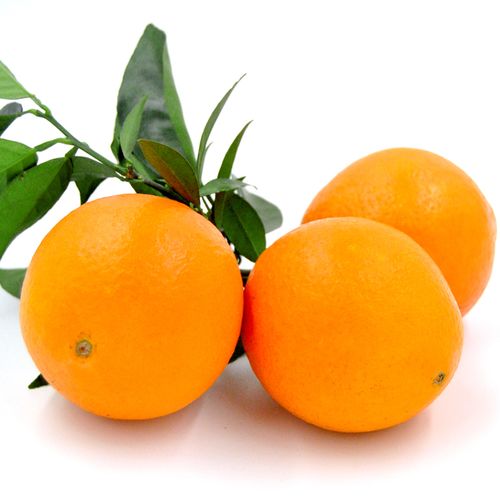








No reply content